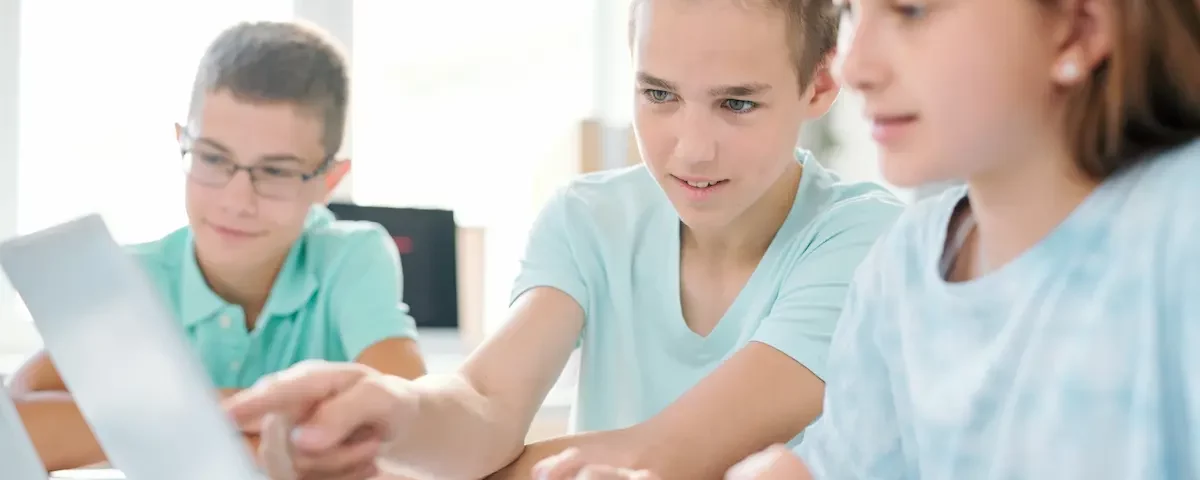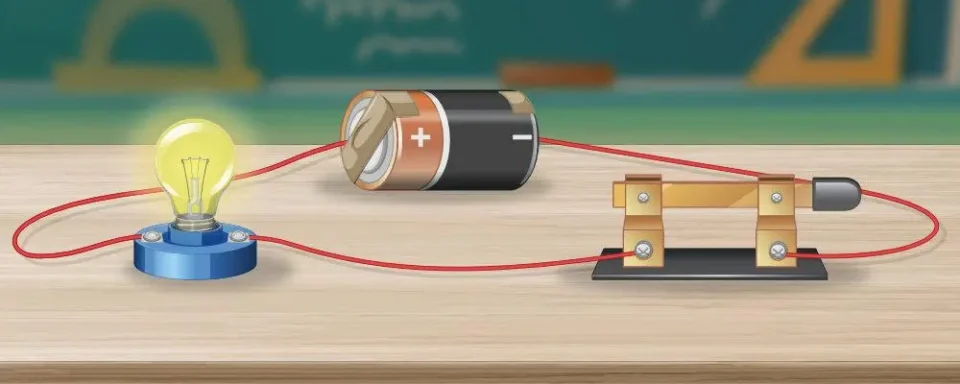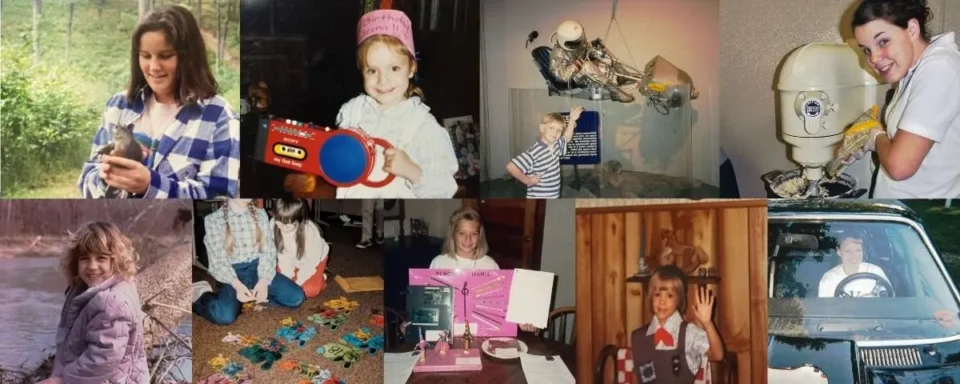
Monthly Newsletter – Holiday 2021
December 16, 2021
Teaching Practices To Take With You Into The New Year
January 12, 2022It’s no secret that today’s students have grown up in a digital world. Social media isn’t just a pastime. It’s a primary form of communication, creativity, and connection. Platforms like TikTok, Instagram, X (formerly Twitter), and Facebook aren’t just where they spend their free time. It’s where they’re shaping how they absorb information and interact with the world.
In education, especially in STEM education, we’re always looking for ways to make content relevant, engaging, and rooted in real-world experiences. So, what if, instead of fighting against social media in the classroom, we leveraged it to our advantage?
Familiarity Breeds Engagement
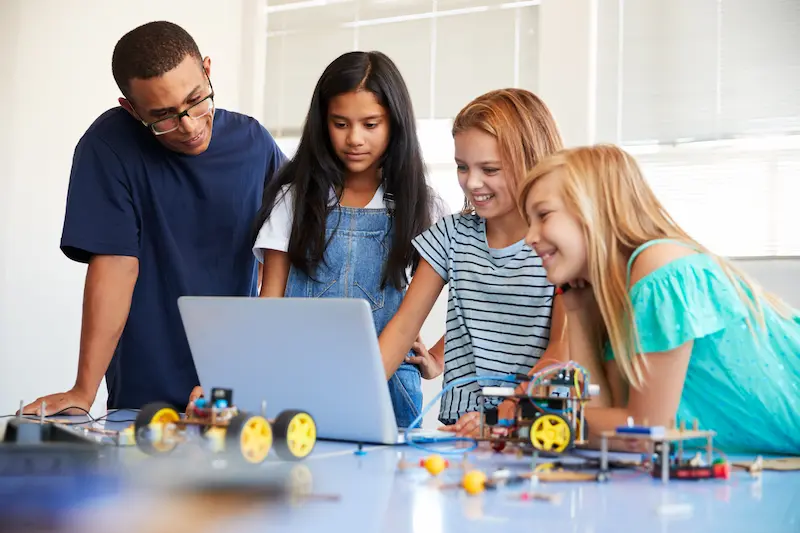
When students see learning connected to what they already know and use daily, engagement skyrockets. Social media can serve as a starting point for STEM-related research, current events discussions, or even trend analysis. Just like we teach students to verify scientific sources, we can use this opportunity to reinforce media literacy and the importance of evaluating credibility, recognizing bias, and verifying accuracy.
For instance, a science class might examine the viral spread of misinformation during a health crisis. An engineering class might analyze user feedback on a product prototype shared on Instagram. These activities meaningfully blend STEM concepts with digital fluency.
Collaboration Without Borders
STEM is inherently collaborative, and social media opens the door to working beyond the classroom walls. Students can share their experiments, robotics builds, coding projects, or engineering designs not only with classmates but with peers across the country (or the world!).
From participating in national STEM challenges to connecting with industry professionals via LinkedIn or X, students gain perspective and feedback from outside their immediate environment. These kinds of interactions not only reinforce technical knowledge but also build soft skills like teamwork, problem-solving, and communication.
Practicing Digital Citizenship in Real Time
We can’t talk about social media without addressing digital responsibility. Integrating social platforms into your classroom provides a live, real-world lab for teaching students about online behavior, privacy, safety, and ethics.
By setting guidelines and expectations for how students engage, comment, and share in class projects using social tools, you’re equipping them with lifelong digital citizenship skills, something every 21st-century learner needs, especially in STEM fields where online presence and collaboration are key.
Writing with Purpose and Precision
It may sound counterintuitive, but social media can improve writing skills. How? Platforms like X (with its character limits) require students to communicate clearly and concisely. Translating complex STEM concepts into bite-sized, understandable posts forces students to think critically about their word choice and clarity.
Try having students summarize an experiment, explain a physics concept, or break down a math solution into an Instagram caption. These kinds of exercises help hone science communication, a vital skill in every STEM profession.
Final Thoughts: Bridging Digital Life and STEM Learning
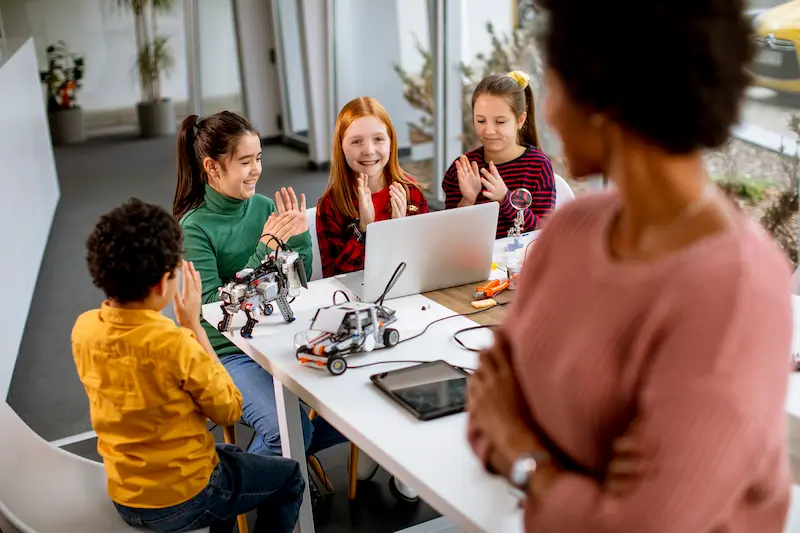
At STEM Education Works, we believe that meeting students where they are is a powerful strategy for teaching where they’re going. Social media isn’t just a modern distraction. It’s a modern tool. When used thoughtfully, it opens doors to deeper engagement, collaboration, and skill-building across every STEM subject.
So, Take the Leap!
Start small. Explore how integrating social platforms into your classroom can empower your students to become more curious, capable, and connected learners. Want help getting started with tech-forward, STEM-based projects? We’ve got your back. Explore our resources or listen to our STEM to Stern podcast!
STEM Education Works provides educators and youth advocates with the hands-on tools, curriculum, and training to bring STEM learning to life. From coding and robotics to 3D printing and laser cutting, their solutions spark curiosity, build real-world skills, and prepare students for the future.

